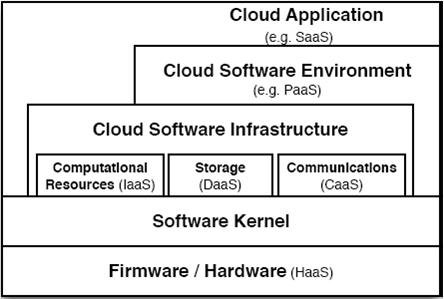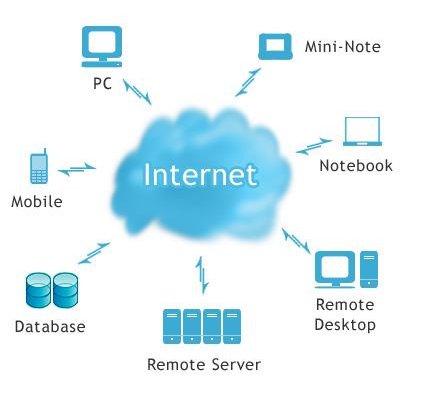Cloud computing is the new paradigm of the technical world, allowing companies to reduce infrastructure costs and also part of software licence fees. This computing model is not just for the enterprise world, but offers innovative solutions to the end users as well.
For most of us, computing has become a part of our daily activities. Typically, the computer is used for social networking, maintaining financial records, or even playing games. This computing comes at a cost that covers procurement, maintenance and various other aspects that do tend to hassle users. The evolution of cloud computing—which means computing as a service—is a viable solution that addresses these problems.
Cloud computing has borrowed its basics from several other computing areas and systems engineering concepts. The most common cloud computing servicing models are software as a service (SaaS), the platform as a service, and infrastructure as a service–all of which are provided to users over the Internet. Figure 1 provides a better understanding of all the services that cloud computing could provide.

We can use any of these services from our desktops, mobile phones or thin clients (see Figure 2). The service providers will be remote (or ‘in a cloud’) with respect to the user.

Now let’s look at how a device like a USB thumb drive can be used in a cloud set-up.














































































